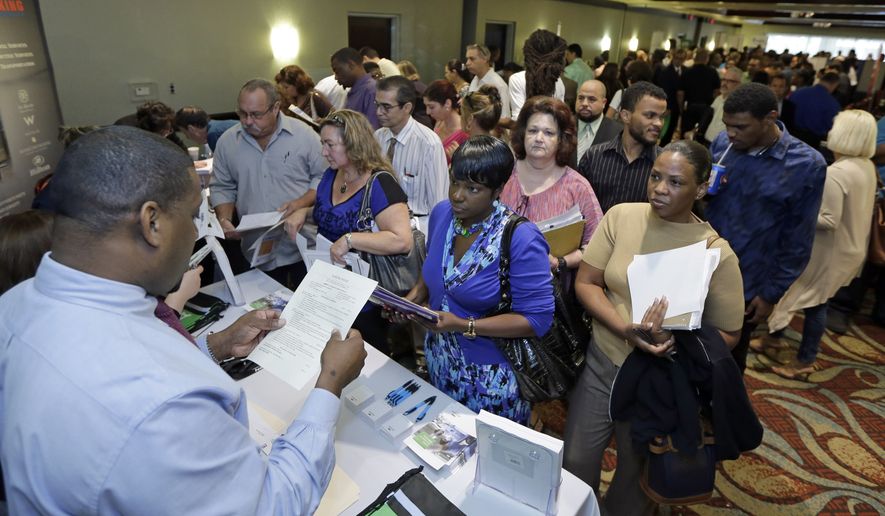Five years after the Great Recession officially ended, chronic unemployment still remains a problem for many people, particularly older workers.
A new survey released Monday by the seniors’ lobby AARP has some disheartening results for workers aged 45 to 70 who find their way back into the labor force after a layoff or an extended period without a job. The new post, in many cases, can’t match the pay and benefits of the old one.
The AARP survey explored differences between people who found jobs, those who did not, and those who left the labor force. The experiences of those who had been short-term unemployed — which is defined as fewer than 6 months — are compared with those who had been long-term unemployed — which is defined as more than 6 months.
The survey’s findings track recent federal Bureau of Labor Statistics research, which found, on average, 45 percent of job-seekers aged 55 and older have been looking “long term,” defined as 27 or more weeks without work.
AARP’s survey’s found that long-term unemployed were more likely than the short-term to have poorer retirement benefits (46 percent versus 31 percent) and inferior health benefits (43 percent versus 32 percent) on their new jobs than the jobs they had before becoming unemployed.
The drop in the unemployment rate belies the burden that those in the 45-to-70 age bracket suffering from long-term unemployment are facing, the authors of the report warn.
“Although the general unemployment rate is falling, that can be misleading for people who are 55 and older who are long-term unemployed,” said Gary Koenig, vice president of economic and consumer security at AARP, who co-authored the report with Lori Trawinski and Sara Rix.
The survey also found that those who have managed to get reemployed were often forced to settle for part-time work, even though they preferred a full-time position. The respondents, the survey found, were twice as likely to be working part-time as the total workforce aged 45 to 70 (34 percent compared with 16 percent).
In addition, nearly half of those who were employed part-time said that they preferred a full-time job, with men more likely to say so than women (53 percent versus 43 percent).
The survey report, economists warn, shows how important it is for a recently laid-off older worker to get back into the job finding track. Do not take time off between jobs, specialists say. Keep hitting the pavement.
“The modern economy moves very fast, meaning that employees need to keep future employment prospects on the ready. Jobseekers need to know that you have to hit the ground running after you get laid off,” Ofer Sharone, who teaches at the MIT Sloan School of Management, told a panel of economists at the Newseum Monday.
• Chris White can be reached at cwhite@washingtontimes.com.




Please read our comment policy before commenting.